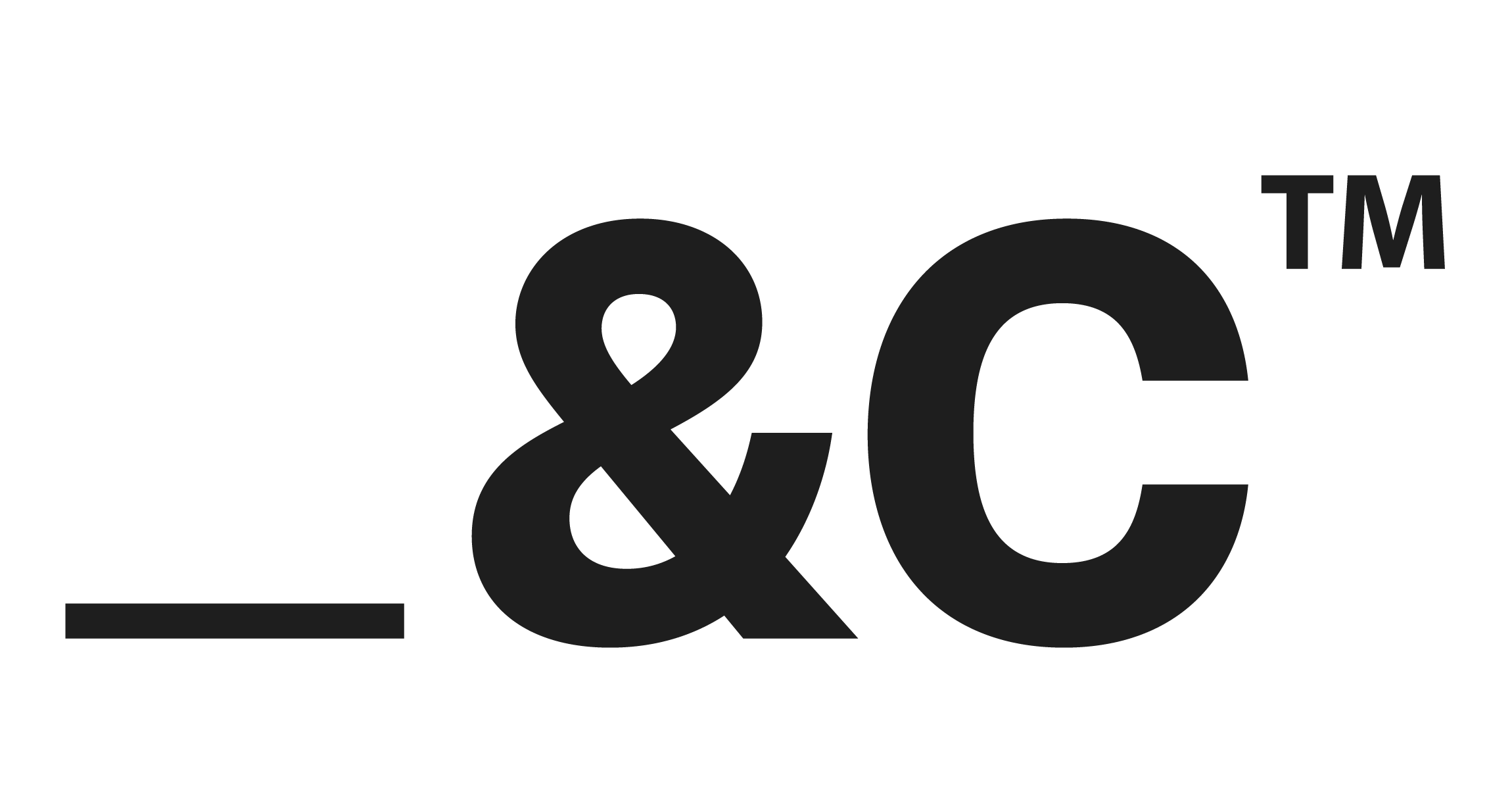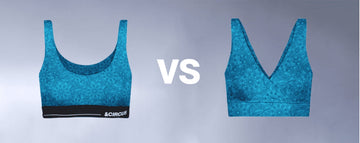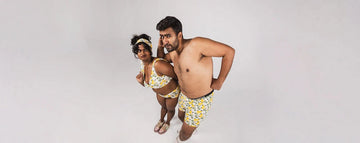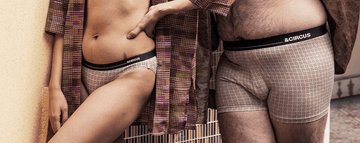Quick Listen:
Four years ago, Sandy Allen roamed the streets of lower Manhattan, hunting for sneakers. It wasn't the usual quest for the perfect pair something felt off. As Allen later wrote in Between the Binary, the experience stirred a profound unease, a clash with the rigid gender norms embedded in retail aisles. That moment, raw and personal, captures a truth many feel today: the binary labels of men's and women's clothing no longer fit. The fashion industry, once slow to adapt, is now responding with a surge of gender-agnostic prints and designs, signaling a cultural shift that's reshaping personal style.
The numbers underscore this transformation. The global gender-neutral clothing market, valued at $2.5 billion in 2024, is set to reach $5.6 billion by 2033, growing at a 9.8% compound annual growth rate (CAGR). Meanwhile, the unisex clothing market is accelerating even faster, valued at $11.73 billion in 2024 and projected to hit $61.96 billion by 2033 with a 22.9% CAGR. These figures reflect a seismic move toward inclusivity, where identity and self-expression are redefining fashion's boundaries.
The Emergence of Gender-Agnostic Prints
Step into a boutique today, and you'll find clothing that sidesteps outdated conventions. Vibrant abstract hoodies, floral tees, and minimalist jackets in earthy tones aren't confined to his or hers they're simply clothes. Brands like Tailor and Circus, an Indian innerwear label rooted in sustainability, are leading the charge, crafting pieces that prioritize comfort and individuality over gendered constraints. Their bold, versatile prints embody a broader movement: fashion as a medium for identity, not a barrier.
This evolution is more than stylistic it's cultural. Growing acceptance of gender fluidity is driving demand for clothing that transcends traditional norms, with the gender-neutral market valued at $2.1 billion in 2023 and expected to reach $5.6 billion by 2032 at an 11.5% CAGR. Younger generations, especially Millennials and Gen Z, are rejecting binary fashion rules, gravitating toward brands that champion personal expression. Sustainability is a key ally here gender-neutral designs often favor durable, timeless pieces, countering the waste of fast fashion and resonating with eco-conscious consumers.
The prints themselves are a revelation. Forget the days when florals were deemed feminine or stripes masculine. Today's gender-agnostic patterns bold geometrics, muted monochromes, playful motifs welcome all. These designs don't just turn heads; they affirm identities, offering a visual language for a more inclusive world.
Pioneers of Inclusive Fashion
From high fashion to streetwear, brands are embracing this paradigm. Tailor and Circus has carved a niche with its ethical innerwear, blending inclusive sizing with prints that cross identity lines. They're in good company. Industry Growth Insights names Telfar, Eckhaus Latta, and The Phluid Project as trailblazers in unisex fashion. Telfar's logo-emblazoned shopping bags have become a global icon, embraced by all genders, while The Phluid Project creates inclusive retail spaces, both online and off, where everyone belongs.
Runways are catching up. During the Spring/Summer 2024 men's fashion weeks, Dior unveiled leopard print skirt-shorts, and Valentino softened tailoring with fluid silhouettes, signaling a break from rigid masculinity, as noted by Vogue Business. Smaller labels are pushing further Stella McCartney's Shared collection and Gucci's The MX Project craft pieces that blend masculine and feminine aesthetics without gender labels, per Vogue Business. These designs mark a shift from the boxy, beige unisex looks of the past, which, as LGBTQ+ fashion journalist Wren Sanders critiques, often failed to honor diverse identities like those of trans individuals who use skirts or suits to affirm themselves.
Social media is a catalyst. Celebrities like Harry Styles, with his pearl necklaces, and Billie Eilish, in oversized suits, are normalizing fluid style. Digital influencers on Instagram and TikTok amplify these looks, making gender-neutral fashion more mainstream, as Market Research Intellect observes. E-commerce platforms further democratize access, turning niche trends into global movements.
Navigating Challenges
Despite its momentum, gender-neutral fashion faces obstacles. Cultural resistance persists in communities wedded to traditional gender norms, where unisex clothing can feel alienating. Brands must educate consumers, a delicate task that social media aids but doesn't fully solve, according to LinkedIn insights.
Design hurdles are equally daunting. Crafting clothing that fits diverse bodies while balancing style and comfort is complex. Sizing remains a critical issue Vogue Business highlights how poorly sized gender-neutral collections can exclude the audiences they aim to serve. Early unisex designs, often shapeless and neutral-toned, were criticized for erasing individuality rather than celebrating it. Modern brands are adapting, but the learning curve is steep.
Sustainability poses another challenge. Gender-neutral fashion often aligns with ethical production, but scaling eco-friendly practices to meet rising demand is tough. Tailor and Circus, for instance, uses sustainable materials, but growth without compromise is a balancing act. The industry's push toward eco-conscious practices, noted by Dataintelo, supports genderless fashion's ethos, yet fast fashion's allure remains a formidable rival.
Seizing Opportunities
The potential is immense. The gender-neutral clothing market's projected rise to $5.6 billion by 2032 reflects a consumer base eager for change. The genderless clothing market, valued at $2.3 billion in 2023, is expected to reach $7.8 billion by 2032 at a 14.1% CAGR, driven by demand for inclusive styles and sustainable practices, according to Dataintelo. Brands embracing inclusivity aren't just chasing trends they're fostering loyalty, especially among younger consumers who prioritize social justice and environmental responsibility.
The business case is compelling. Gender-agnostic designs resonate in a world where self-expression outweighs convention. The rise of e-commerce and influencers, as LinkedIn notes, has made these styles widely accessible, fueling demand. Brands like Tailor and Circus, Telfar, and The Phluid Project are poised to thrive by innovating with inclusive sizing, dynamic prints, and ethical production, securing both market share and cultural influence.
The Road Forward
Gender-agnostic fashion is a disruptive force with the power to reshape the apparel industry. When I design, gender doesn't factor in, a designer told Vogue Business, a view echoed across the field. The challenge lies in execution: creating collections that are inclusive yet distinctive, stylish yet universal.
For brands like Tailor and Circus, agility is key. Engaging younger consumers and balancing sustainability with accessibility will define their success. As societal views on gender evolve, the fashion industry must stay nimble, designing for a future where identity is fluid and style is boundless.
Gender-agnostic prints are more than a passing fad they're a reflection of a world in flux. They challenge us to reconsider who we are and how we show up. For Sandy Allen, that sneaker hunt was a spark of self-realization. For the rest of us, it's an invitation: to wear what feels right, to defy the old rules, and to find home in the clothes that tell our stories.
Disclaimer: The above helpful resources content contains personal opinions and experiences. The information provided is for general knowledge and does not constitute professional advice.
You may also be interested in: andCircus - Underwear for Men, Women, Bras Maternity Innerwear
Uncomfortable underwear shouldn't steal your confidence. At Andcircus, we craft ultra-soft, sustainable Lenzing Modal Micro innerwear for every body, XS to 5XL. From briefs to bras, our custom packs fit you perfectly. Shop risk-free with our 100% satisfaction guarantee and embrace comfort that includes everyone. #LoveEveryBody. Shop Now!







































